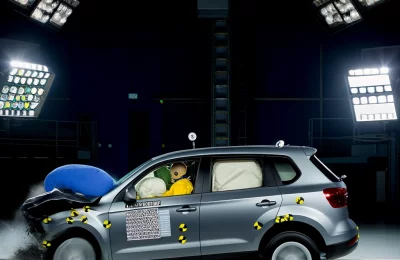
Reading Time: 7 minutes
The history of the automobile dates back several eras, based on the method of propulsion. But what exactly is the definition of an automobile?
The San Diego Automotive Museum defines it as follows. “An automobile or car is a wheeled vehicle that carries its own motor and transports passengers”. They explain that the car as we know it today, was not invented in a single day by a single inventor.
San Diego Auto Museum
Instead, the long history of the car reflects a gradual evolution that took place over time and across the globe.
More than one-hundred thousand patents were combined to create the modern automobile. A fascinating car history fact that few people know, is that the concept of creating a car originated when both Isaac Newton and Leonardo da Vinci drew up theoretical plans for a motor vehicle.
Do you love old cars? Read our Classic, Vintage, and Antique Car Buyer’s Guide.
Automobile History | What did they use for transportation in the middle ages?
In Medieval times, travel was much more difficult. There weren’t any cars, so people mostly traveled on foot. A few affluent people at that time traveled by horse or mule. Because there were no routes yet, traveling by water was more efficient. Therefore people made wooden, wind powered boats. Following this, in later years, they made wagons to haul heavy loads.
1700s Car History: Cars come to life
Nicolas-Joseph Cugnot built the first steam-powered automobile in 1769. It was a self-propelled, three wheeled road vehicle was used as a military tractor to haul artillery. It moved at a mind-boggling speed of two-and-a-half miles per hour. Cugnot set another record in 1771 when he became the first person to experience a road accident when he drove into a stone wall.
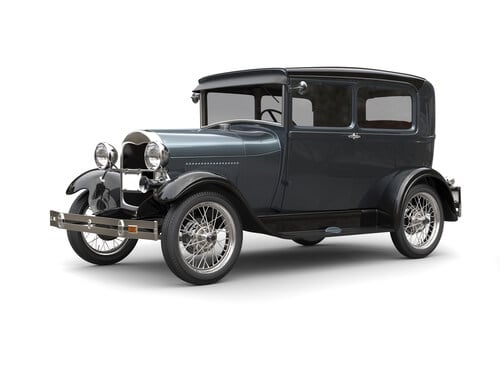
1800s History of the Automobile: The start of an era
The first automobile, with an internal combustion engine, was fueled by hydrogen. This was in 1808 and built by Francois Isaac de Rivaz.
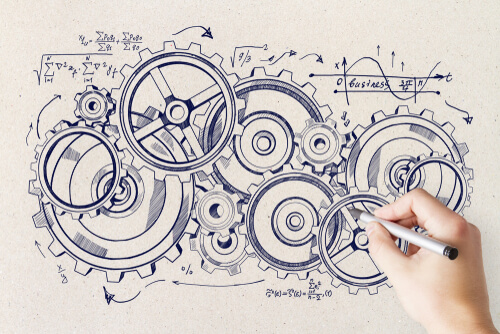
Siegfried Marcus created a gasoline powered combustion engine in 1870 and placed it on a pushcart. Over the next decade or so, he built another four more sophisticated engines, including the two-cycle combustion engine.
Carl Benz developed the first Mercedes Benz using a stationary gasoline engine. The one-cylinder two-stroke unit made its debut on New Year’s Eve 1879. Over the next five years, he developed the compact high-speed, single-cylinder four-stroke engine. It was installed in the rear of the two-seater vehicle. Along with a featured differential three wire-spoked wheels and a tubular steel frame. This car had a .75 horsepower engine output.
Mercedes has come a long way since its humble beginnings, and the C-Class, a modern, upscale luxury car has sold over ten million units.

1900s Motor Vehicle History: Gaining Momentum
Ford completed the first production of the Model T on October 1, 1908. By 1927, the company would go on to sell 16, 500, 000 of these cars. This was the longest automobile model production run in history. Unfortunately it was surpassed by the Volkswagen Beetle in 1972. The Beetle was the first car to achieve 20 million units sold. In fact, the company sold over 23 million units.
However, there were some cars that marked turning points within their era. Let’s take a look at the cars and events that changed the history of automobiles as we know it.
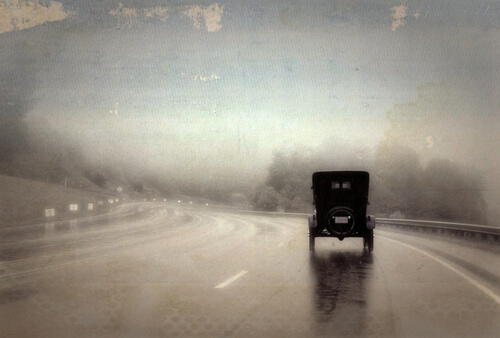
1940s Modern Car History – The Original Jeep & Ford F-Series Pickup
The Allies used the Willys-Overland Jeep to win World War II, thanks to its rugged design. As the automobile evolved, this military vehicle’s influence remained strong in modern vehicles; just look at the modern Jeep Wrangler.
During the same period, the Ford F-Series pickup truck became popular. New models still ranks as some of the best selling vehicles in America eight decades later. In 1997, the Ford F-Series sold 746,111. Following this, a whopping 909,330 units sold in the United States alone.

1950s Car History – Return of the French
When France made its automotive comeback after World War II, it did so with a bang. The Citroën DS set new standards in both styling and technology.
1953 saw the introduction of the Chevrolet Corvette which reflected the trends of the 1950s. This car and those developed during those times are still popular today.
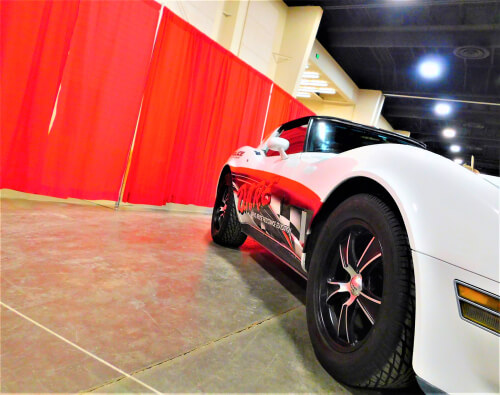
1960s Classic Car History – Birth of legends
Nazi Germany wanted a cheap vehicle for everyone, rather than the large American sedans that were popular at the time. Ferdinand Porsche delivered the Volkswagen, which went on to become one of the most popular cars of the era, and of all time. It remained in production until 2003.
Of course, Porsche went on to find the company that bore his name.
The mid-1960s was also another big year for Ford. This was when they decided to introduce a youthful car to America. The Mustang or “pony car” to achieve great things and are still popular today – with hardware and technology improvements, of course. Today, it still ranks as one of the best-selling cars of all time, as more than 9 million units to date.
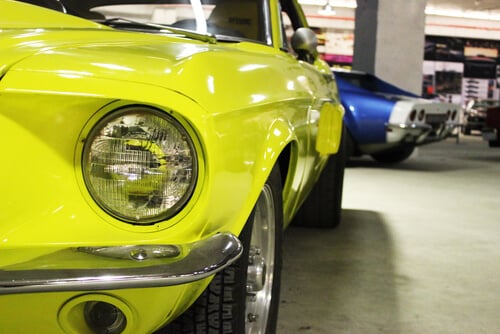
1970s – Size + speed = Supercar History!
In keeping with the desire for smaller cars, Japan introduced the Honda Civic to America in 1973. Gas was expensive at the time and traded in their gas-guzzlers for the impressive reliability of Japanese quality design.The Civic offered high miles per gallon and the fact that Honda is such a durable car means that it has remained in production since. By 2013, Honda Civic sold more than eighteen million units.
When Italians first spotted the Lamborghini Countach at the 1971 Geneva Motor show, they exclaimed “Countach!”, which means “holy cow!” in Italian slang.
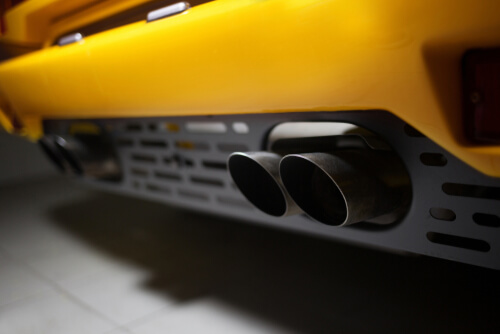
1980s Car History Facts – Big is back
As families became bigger, cars had to follow suit. There used to be vans and panel vans, but they were really for use on ranches or business deliveries. In the 70s, people started converting their panel vans into small campers – another turning point in car history.
That’s when Chrysler introduced their first family minivans in 1983. The Plymouth Voyager and Dodge Caravan were instantly popular, and competitors followed suit by introducing their own imitations. This would later evolve into the popular Town & Country. The car sold over 12 million units before being replaced by the Pacifica.

At the time there were a few luxury brands. Smaller manufacturers decided to cater to the luxury market, in which American brands Cadillac and Lincoln reigned supreme. Of course, German auto manufacturers Mercedes and BMW wanted to provide buyers with social status on top of performance and quality and make car history.
Japan’s Honda introduced its luxury brand, Infinity Acura in 1986. Toyota also entered the Lexus LS400 as a contender against other top-tier luxury brands and it was a huge success in 1989.
Looking to import a classic car? Learn more about your options and responsibilities here.
1990s – Birth of the SUV & Supercar culture
The first vehicle we know today as an SUV was introduced to America in the early 90s. The Ford Explorer became popular with suburban families, and basically ended the popularity of station wagons as the first choice in family vehicles. Newer models are still being manufactured today, which attests to the importance of the history of the car.
Technology advanced fast at this stage in automotive history, headed by the McLaren F1. At the time, the $810,000 car was the most expensive in the world. The road car was slightly modified before it won the 24 House of Le Mans in 1995 where it finished first, third, fourth and fifth.
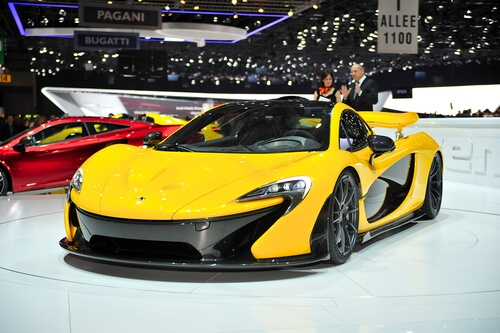
2000s – Turn of a century
In an era where high-end technology and gas-guzzling vehicles were the order of the day, Toyota spent a fortune on developing the opposite of an SUV. That’s right. They introduced the first commercially viable gas-electric hybrid, the Prius Hybrid Synergy Driver which became a turning point in car history and technology.
Consumers were thrilled with the increased fuel economy and harsh emissions. The company has sold more than six million Prii (the company’s own plural for what we sometimes call Priuses).
But lovers of sports cars were not left disappointed, as Porsche announced that it would be joining the SUV market. Soon followed the Cayenne, a slow Porsche SUV!
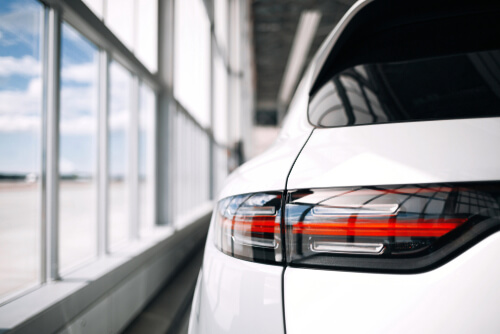
2010s – Hitting the teens
Elon Musk wanted a breakthrough as important as that of the Model T and introduced Tesla’s original Roadster, the Model S. Based on the company’s Lotus, it was an all-Tesla design, brimming with style, comfort, and luxury. It’s no wonder it was named Car of the Year in 2013. In the process, he synonymized his name with modern car history.
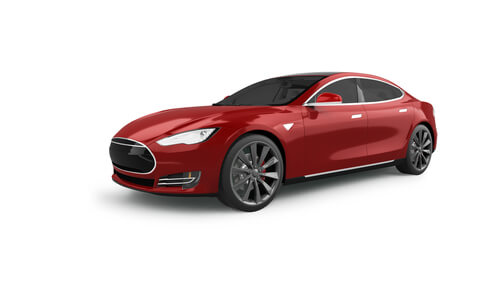
Understated Excellence
Can you guess which car has sold the most units in automobile history? We’ll give you a hint: it’s not on this list. That’s right. What the Toyota Corolla lacks in excitement and luxury, it more than makes up for in usefulness, practicality, reliability, and comfort. And it’s darn affordable too. It’s no wonder the company sold more than 43 million units.
As you journey through the fascinating evolution of cars over the past century, remember that the story of your own vehicle is just as important. Whether you own a classic car or a modern marvel, Nationwide is here to ensure your piece of automotive history is well-protected. Don’t let your vehicle’s legacy be a tale of ‘what ifs.’ Get a quote with Nationwide today and secure peace of mind for every mile ahead. Your car’s story is worth telling – let Nationwide help you write the next chapter with confidence.


